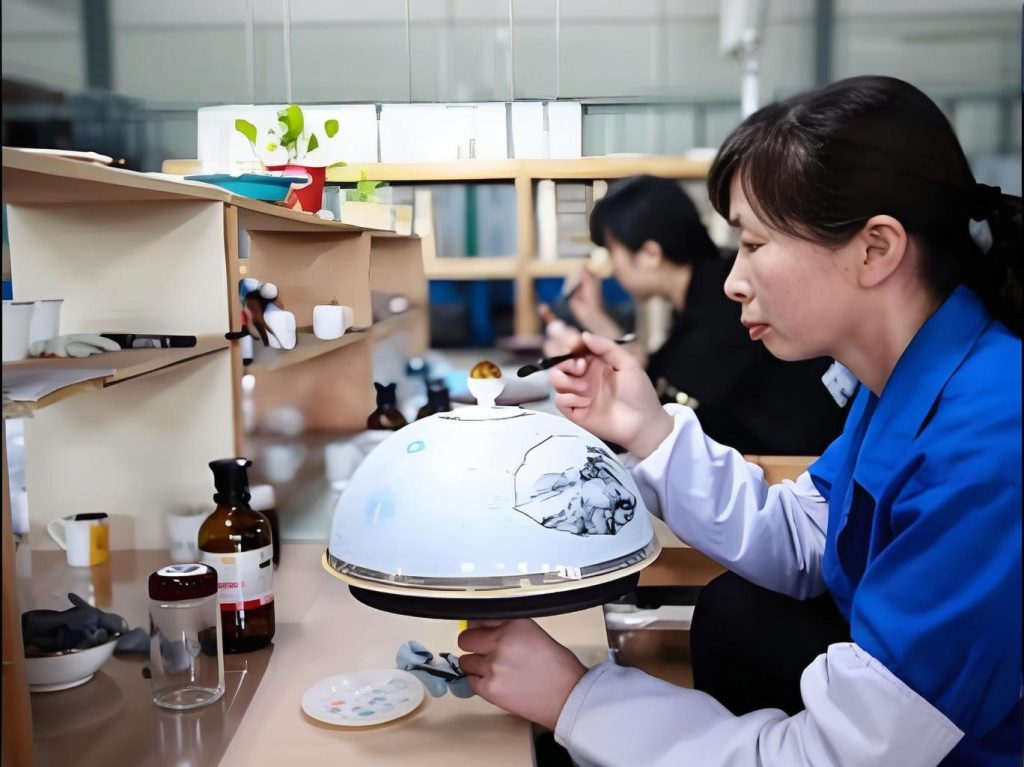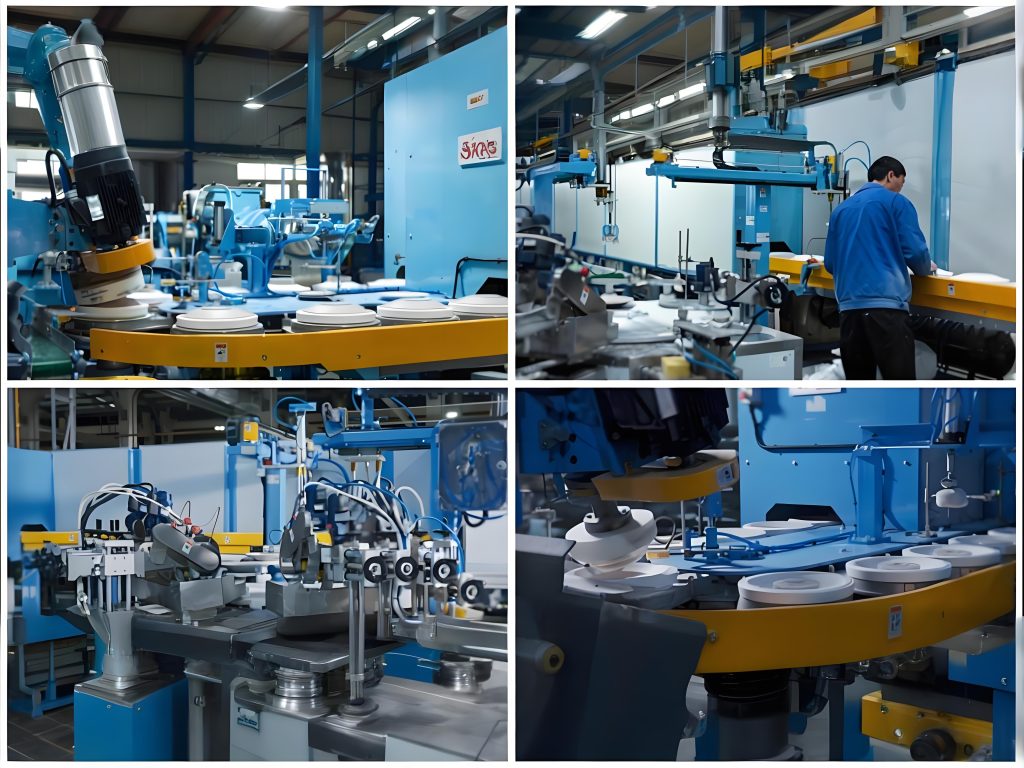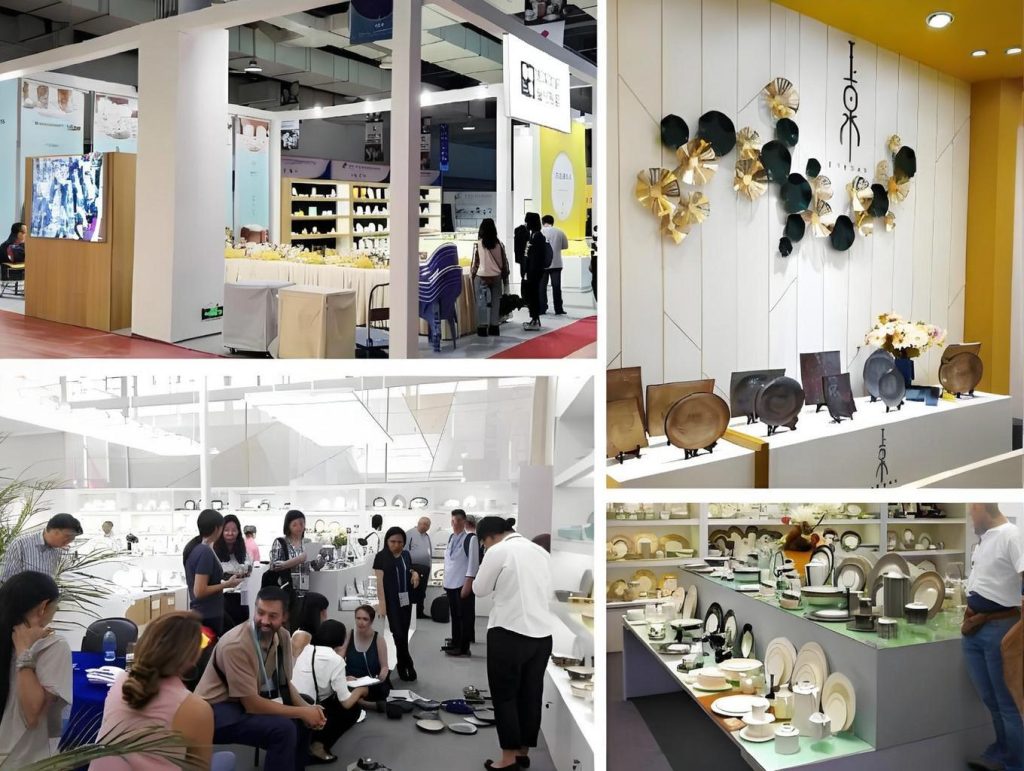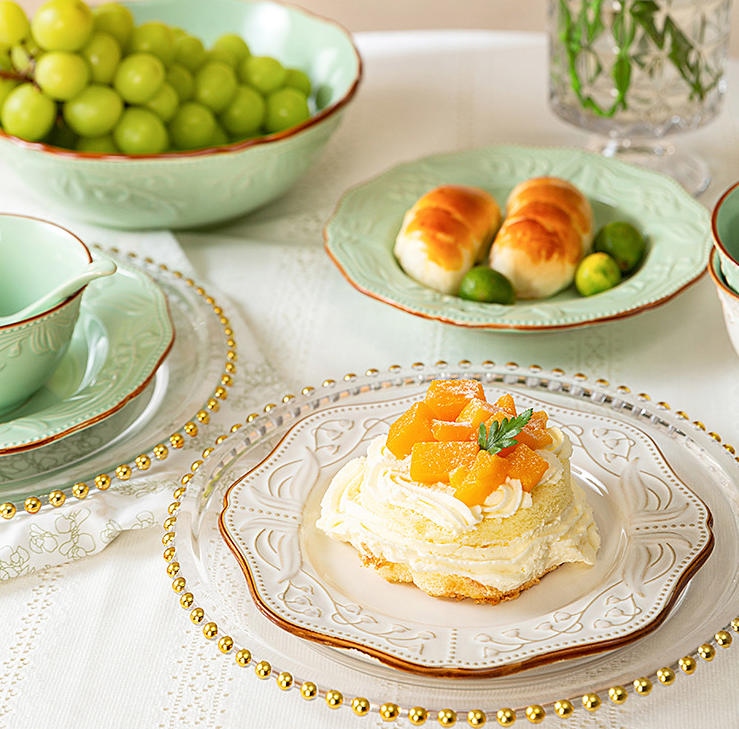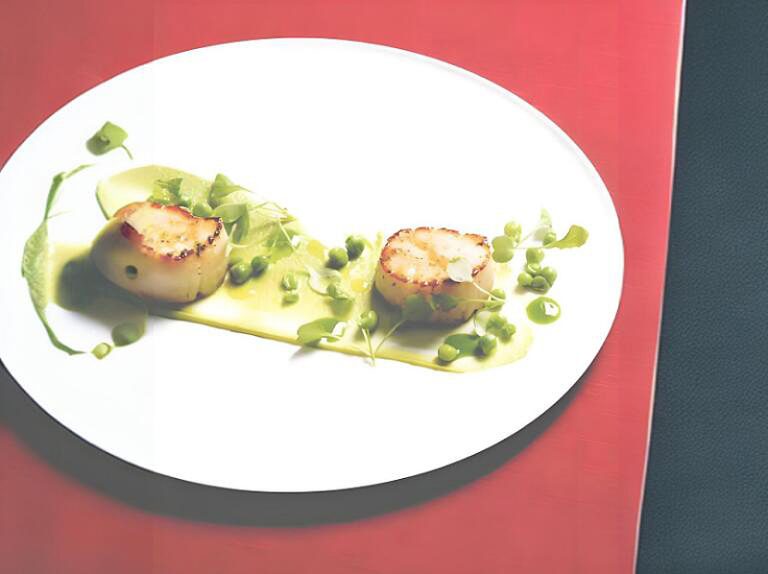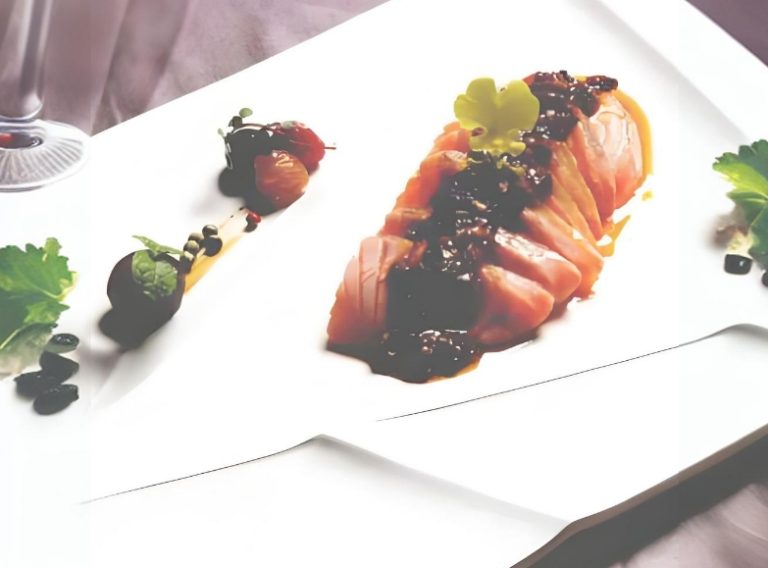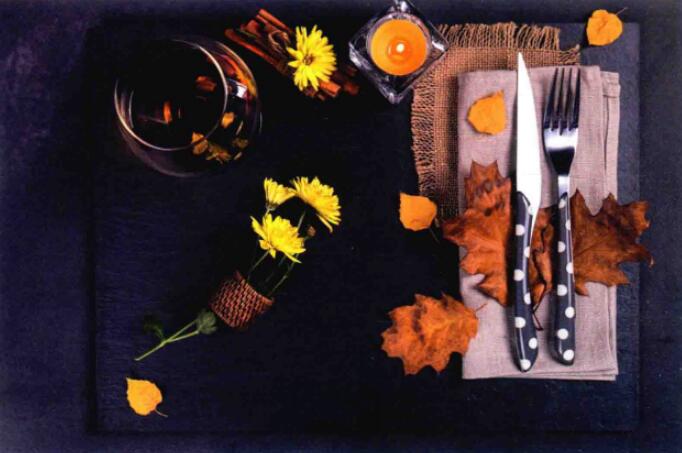The Star of Thanksgiving: Stories Behind Turkey Plates You Never Knew
Every year before Thanksgiving, I see the same question on social media. “Why is my turkey plate always too small?”
This simple complaint sparked something interesting. I spent days on Quora and Reddit recently. The discussions about turkey plates go way deeper than I thought. Size choices, material debates, family traditions, eco concerns – everyone has their own “plate philosophy.”

Size Anxiety: Turkeys Really Are Getting Bigger
On Reddit’s r/Thanksgiving, one post got 2.3k upvotes. “Why can’t modern turkeys fit traditional plates anymore?”
The top answer came from a “Thanksgiving veteran”:
“Plates didn’t shrink. Our expectations changed. Thirty years ago, a 12-pound turkey fed everyone. Now? We start at 18 pounds. Plus roasted veggies, mashed potatoes, gravy… Standard plates (10-11 inches) can’t hold this ‘upgraded’ meal.”
This reminded me of something. Tableware manufacturers noticed this trend early. One famous brand launched 14-inch “super turkey plates” in 2015. The first 50,000 sold out three weeks before Thanksgiving.
But here’s the question – are bigger plates really the answer?
A restaurant designer on Quora made me rethink this:
“Just making plates bigger is a trap. Plates over 14 inches won’t fit regular ovens. They won’t fit dishwashers either. The real issue is functional zoning. You need designs that separate main dishes and sides elegantly. Not just a giant flat surface.”
That makes sense. Many Western families now use “compartment turkey plates.” The center holds turkey. Four sections around it hold veggies, sauce, bread, and fruit. This design makes a 12-inch plate do 14-inch work.
Material Wars: Ceramic, Porcelain, or Disposable?
Reddit’s r/BuyItForLife had a hot debate. “Is a $200 ceramic turkey plate worth it?”
Comments exploded. Supporters had practical reasons:
- Ceramic keeps food warm. Turkey stays hot for 20 minutes.
- Looks great for Instagram photos.
- Lasts forever. Could pass down three generations.
But critics had valid points:
“My mom’s ‘heirloom’ ceramic plate – every Thanksgiving I carefully bring it down from the attic. I’m terrified of chipping it. After using it, I must hand wash (dishwasher causes cracks). Storage takes up space. It’s exhausting.”
Interestingly, a Quora user who worked at a tableware manufacturer for 15 years shared an industry secret:
“High-end ceramic plates actually have lower profit margins than mid-range porcelain. The real money-maker is products ‘between disposable and permanent.’ Like tempered glass turkey plates. They look ceramic but weigh 40% less. Dishwasher safe. Cost one-third of traditional ceramic. This category grew 230% from 2018-2022.”
This reminds me of last year’s Thanksgiving at my friend’s place. She used that “fake ceramic” glass plate. I thought it was cheap IKEA stuff. Then I checked the price – $45 each. A Nordic designer collaboration brand.
Here’s the thing. Upgrading isn’t buying the most expensive option. It’s finding the balance of “looks expensive but doesn’t hurt to use.”
Overlooked Details: Edges, Depth, and “Gravy Moats”
A Reddit post got 700+ comments. “Why doesn’t restaurant turkey ever leak gravy everywhere?”
Turns out, professional turkey plates have these “hidden features”:
1. Raised Rim
Regular home plates have 0.5-1 cm edges. Professional ones reach 2-3 cm. Don’t underestimate this difference. It catches all the oil and juice from carving.
2. Center Well Design
Premium plates have a 5-degree dip in the center. Gravity naturally guides liquids to the edge. They don’t flow everywhere.
3. Non-Slip Base Pattern
Those concentric circles on ceramic plate bottoms? They’re not just decoration. They increase friction. The plate won’t slide when you’re carving.
A chef on Quora shared a trick:
“If your plate lacks these features, here’s a hack. Put a damp towel under it. Instant non-slip effect. For gravy? Layer lettuce leaves on the bottom first. Absorbs liquid and looks nice.”
These details? Tableware manufacturers figured them out long ago. But regular consumers don’t know what to look for.
Eco Anxiety: Disposable Plastic Plates’ Sin and Redemption
This topic causes yearly arguments on Reddit’s r/ZeroWaste.
Supporters of disposables make practical points:
- Large family gatherings (15+ people) mean hand-washing until midnight.
- Visiting relatives from out of town. Not enough plates at home.
- Limited budget. Better to spend money on food than 20 ceramic plates.
But critics push back hard:
“Americans throw away enough Thanksgiving disposables yearly to fill 1,200 football fields. Are we celebrating or destroying the planet?”
Interestingly, the market is self-correcting. After 2021, biodegradable bagasse turkey plates became popular:
- Weight capacity matches plastic (holds 8-pound turkey steadily).
- Naturally decomposes within 60 days.
- Costs 30% more than traditional plastic. But 80% cheaper than ceramic.
An eco-blogger’s Quora comment stuck with me:
“Not every choice needs moral judgment. If disposable plates give you more time with family instead of hiding in the kitchen washing dishes, use them. But at least choose biodegradable versions.”
Tradition vs Practicality: Should We Inherit “Grandma’s Plates”?
A touching Reddit post asked: “I inherited Grandma’s turkey plate set after she died. But I’m afraid to use it…”
The poster explained. The hand-painted ceramic set from the 1960s is a family tradition. But it’s too precious. Every Thanksgiving, they just display it on the table. Actual dining uses regular supermarket plates.
A top comment was heartwarming:
“A plate’s value isn’t being worshipped. It’s being used. Your grandma bought it to make family happy. Not to collect dust in a cabinet. Scratches prove it participated in your life.”
This reminded me of a documentary I watched last year. It featured a Japanese tableware manufacturer’s philosophy: “An object’s highest honor is being used until it naturally ages.”
The scary part? We might be the first generation without heirloom plates. Not because we can’t afford them. But because IKEA plates get replaced every three years. Who thinks about passing them down?

So: What Plates Are You Using This Year?
Writing this made me realize something. Turkey plate discussions are really about what kind of holiday we want.
Do we want that Instagram-perfect, perfectly lit “showroom Thanksgiving”?
Or do we accept messy tables, mismatched plates, but constant laughter – a “real Thanksgiving”?
A psychologist’s Quora answer really struck me:
“Perfect tableware won’t make Thanksgiving perfect. But appropriate tableware reduces your anxiety. If a $15 plastic plate stops you worrying about breaking Grandma’s heirloom, it’s the best choice.”
In the end, plates are just containers. They hold food. They carry memories.
If you have any questions or need to custom dinnerware service, please contact our Email:info@gcporcelain.com for the most thoughtful support!

